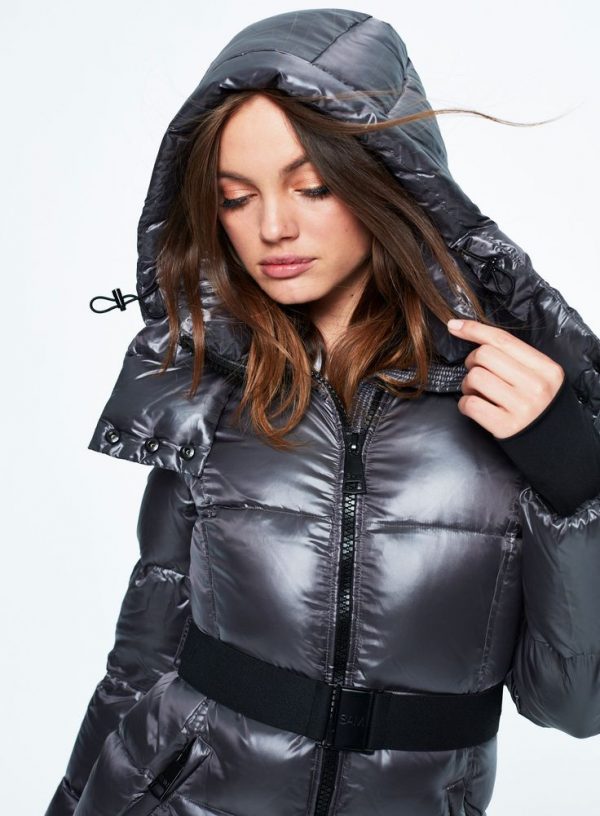Nylon and polyester are synthetic fabrics used for sewing various products and accessories. Their popularity is due to their extraordinary strength and resistance to mechanical stress. But these are completely different materials in characteristics and composition. To choose which one is best suited for a specific purpose, you need to have an understanding of the properties and characteristics of fabrics.

Nylon or polyester: which is better?
Fabrics made from artificial threads are gaining popularity. This is due to their low cost, as well as extraordinary strength. They are resistant to mechanical stress, extend the service life of products and look great.
Important! Nylon and polyester are completely different materials. They have a certain external similarity, but their characteristics are very different.
In this regard, fabrics are used for sewing various products. When selecting, their properties, characteristics and resistance to external influences are taken into account.Synthetic materials are widely used for sewing clothes, backpacks, jackets, and coats.
Characteristics of nylon
The fabric was created as an artificial analogue of natural silk. The developers managed to achieve a light texture and extraordinary tenderness. Thanks to this, the material has the following properties:
- very light;
- smooth and silky;
- does not wrinkle;
- easy to wash;
- doesn't get wet.
Important! The fabric is unpretentious, easy to wash and clean with chemicals.
A significant disadvantage of nylon is the lack of hygroscopicity. On hot days, clothes made from such fabric will be uncomfortable. Besides, she does not like exposure to ultraviolet rays and high temperatures. This is fraught with loss of color and rapid wear of the item.

Characteristics of polyester
Polyester is considered a lining fabric. It is heavier, has a less aesthetic appearance and gets wet more easily. At the same time, polyester retains heat well and is resistant to ultraviolet radiation. The fabric holds its shape well and is durable.
Main similarities and differences
Both materials are characterized by increased wear resistance. Things made from them will last at least 15–20 years. At the same time, polyester is much warmer than nylon. That is why it is chosen for the manufacture of sports equipment and hiking accessories.
Important! Polyester has the amazing property of not deforming and maintaining its original appearance even in difficult conditions. In addition, it is very warm.
The main difference between the materials is their composition. Nylon is produced by processing adipic acid derivatives. Polyester is made entirely from petroleum products.

Application area
Today, both materials are widely used not only for sewing clothes, accessories and other household items.Nylon cables, for example, are firmly replacing outdated steel structures. By the way, they are no less durable, but at the same time much lighter and more affordable.
Important! People are used to seeing numerous options for clothing made from fabrics. Today, synthetics are even used for sewing festive and evening dresses.
Jacket and down jacket: which is better, nylon or polyester?
Nylon is widely used for making off-season jackets and down coats. This material is very thin, pleasant to the touch and light. Things look attractive and allow their owner to look presentable.
Polyester jackets are more suitable for daily wear and active use in winter. They reliably retain heat, do not fade in the sun and look beautiful.

Which is better for a backpack: nylon or polyester?
You need to understand what type of backpack you are purchasing. If this is a hiking backpack, it should be as light as possible. And in this case, nylon is good. It is waterproof and very lightweight, which also makes it suitable for backpacks designed for laptops or tablets.
Polyester is suitable for school backpacks and handbags. It gets slightly wet in the rain and holds its shape well. At the same time, the things inside the backpack retain their integrity and are not deformed.

It is difficult to say which of the presented materials is better or worse. When choosing a product, you should take into account the properties of the fabric and the external conditions under which it will be used. This will help you make an informed choice.


 0
0





